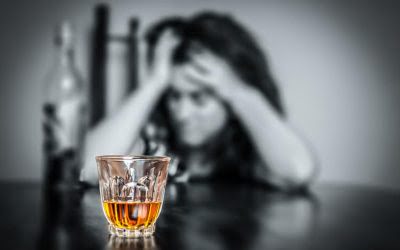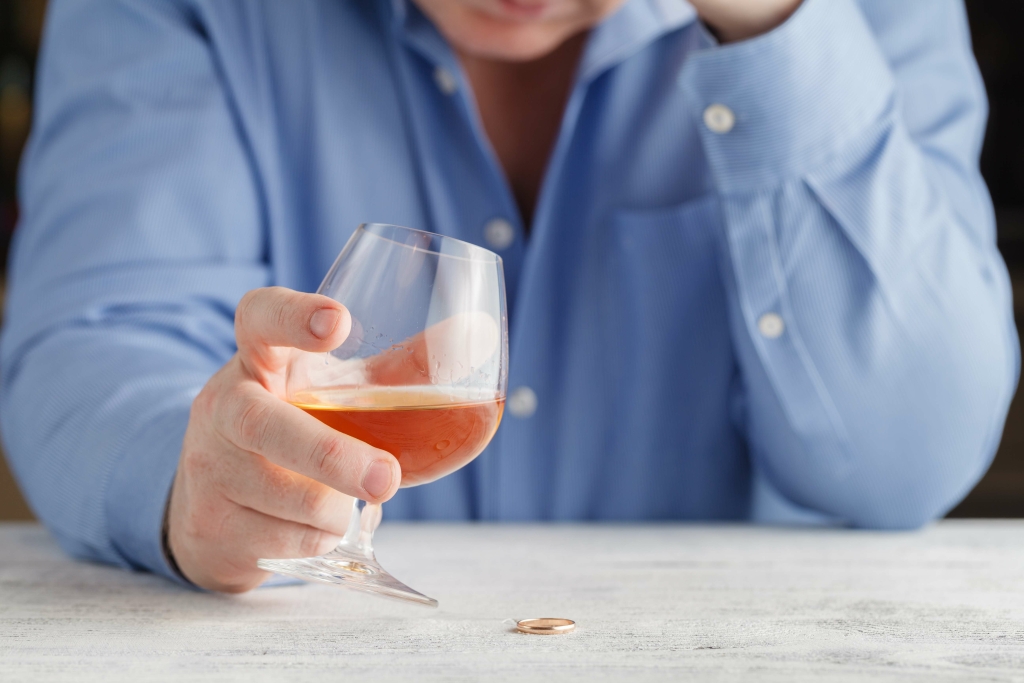“They say death is certain, you just never know the time / I’d rather go out serving, than dying over a dime” (Untouchable) This is that unapologetic dope boy mentality. It’s the danger, the constant risks, the defiant attitude in the face of those consequences. “Keys open doors, the keys open more stores / Keys to them Benz trucks with the butterfly doors” (Keys Open Doors) He’s not just rapping about cocaine, he’s illustrating the power it represents – access to wealth, luxury, and a different kind of freedom. There’s a clear influence from Cam’ron’s The Purple Tape – the minimalist production sets the stage for Push to spit that uncut product, pure and uncut.
Pusha T Debates Clipse, Jeezy & Biggie While Crowning Best Coke Rap Song Of All Time
If an artist is constantly exposed to environments where drugs are prevalent, such as recording studios or after-parties, it can be challenging to resist the temptation. These case Sober living house studies shed light on the struggles faced by rappers in the realm of drug addiction. By sharing their stories, these artists have helped break the stigma surrounding addiction and have inspired others to seek support and embark on their own paths to recovery. Despite the influence of drug culture in rap, many rappers have faced personal battles with drug addiction.
Coke rap music

Earl Simmons, better known as DMX, had a long and tragic history with addiction. His struggle began at a young age, when he was tricked into smoking a crack-laced blunt at just 14 years old, which marked the start of his lifelong addiction. Its not like all of them do coke and if they do have a show, its not like there burning more than 1,000-1,500 per set.
Benny The Butcher Reveals His Top 3 ‘Drug Rappers’ – Including JAY-Z & Jeezy
A guitar-washed, synth-heavy Golden Globe-nominated soundtrack, composed by Giorgio Moroder, definitely boosts that vibe, none more so than Debbie Harry’s ode to cocaine, ‘Rush Rush’. Harry, who had gone solo after Blondie went on hiatus in 1982, happily sung about coke, only using the Spanish slang term of ‘yeyo’ (also spelled ‘illello’) rather than being so blatant. “Rush rush, got the yeyo? / Buzz buzz, gimme yeyo / Rush rush, got the yeyo?” go the lyrics. Numerous artists have channeled their battles with substance abuse into their songs, using music as both a therapeutic medium and a platform to shed light on the harsh truths of addiction. While some superstars are able to overcome addiction and clean up their acts quietly and swiftly, it takes drug addict rappers and other performers years of struggle.
Based on the biblical 10 commandments, it’s a visceral description of rules that those in the drug game have to live by in order not to end up dead or in jail. Biggie of course makes it all sound like poetry, his words falling easily over a soft beat that belies the stark reality of his lyrical content. However, it’s crucial to recognize that while these tracks offer valuable insights into addiction, there’s a potential danger of them inadvertently making drug use seem more acceptable. It’s essential for listeners to grasp the risks and implications fully. Schoolboy Q, the critically acclaimed rapper, has been open about his past struggles with substance abuse. His addiction primarily revolved around lean (codeine), prescription pills, and marijuana.
Pusha T’s Best Coke Bars On ‘It’s Almost Dry’
- “Rush rush, got the yeyo? / Buzz buzz, gimme yeyo / Rush rush, got the yeyo?” go the lyrics.
- If an artist is constantly exposed to environments where drugs are prevalent, such as recording studios or after-parties, it can be challenging to resist the temptation.
- Wu-Tang Clan had shocked the world two years prior with their debut album, a release that would earn the crew out of Staten Island platinum plaques while simultaneously helping restore the feeling on the east coast rap scene.
- In case you’re too privileged and white to understand, lean is codeine cough syrup mixed with soda for an ultimate #traplyfe experience.
By shedding light on these issues, we can promote awareness and understanding while encouraging support and resources for rappers that do coke those in need. He was a Southern hip-hop icon, and he lived the life he rapped about. A founding member of UGK, Pimp C helped pave the way for the Dirty South revolution and gave the game some of its trillest tracks, but his reign was cut short when addiction got the best of him.
While the term “key” tended to dip up and down in popularity, for example, classic terms like “blow” and “crack” remain the most used when referring to cocaine. On December 31, 2012, Cole revealed that Born Sinner would not be released on January 28, 2013, as previously expected. Cole said that he “needed a little more time than that to get things done”. In promotion of Born Sinner, Cole released an EP titled Truly Yours on February 12, 2013. The project consisted of five tracks Cole knew would not appear on Born Sinner.74 On February 14, 2013, he released the artwork for the first single via Instagram.

As the only sober attendee at the party, my focus was on meeting people and making good conversation. But within minutes of arriving, I sank into my chair as I stared at the rails of cocaine in front of my face. This is all about shifting serious weight and celebrating accordingly. The breakout single by Florida rap god Rick Ross remains one of his most famous cuts and with good reason. But as Ross has revealed, there was a reason why he had to come through with something so souped-up.
Artistic influences
- His struggle began as his career started to rise, and he became addicted to prescription drugs, including Valium, Vicodin, and Ambien.
- The availability of drugs, combined with the pressures of the industry, can create a recipe for addiction.
- However, he suffered a stroke while in rehab, leading to months of physical rehabilitation due to impaired speech and movement.
At one point he muses “It’s not the side-effects of the cocaine / I’m thinking that it must be love”. Another factor contributing to drug addiction in the rap industry is the accessibility and availability of drugs. Rappers often find themselves in environments where drugs are prevalent and easily accessible.
0 yorum